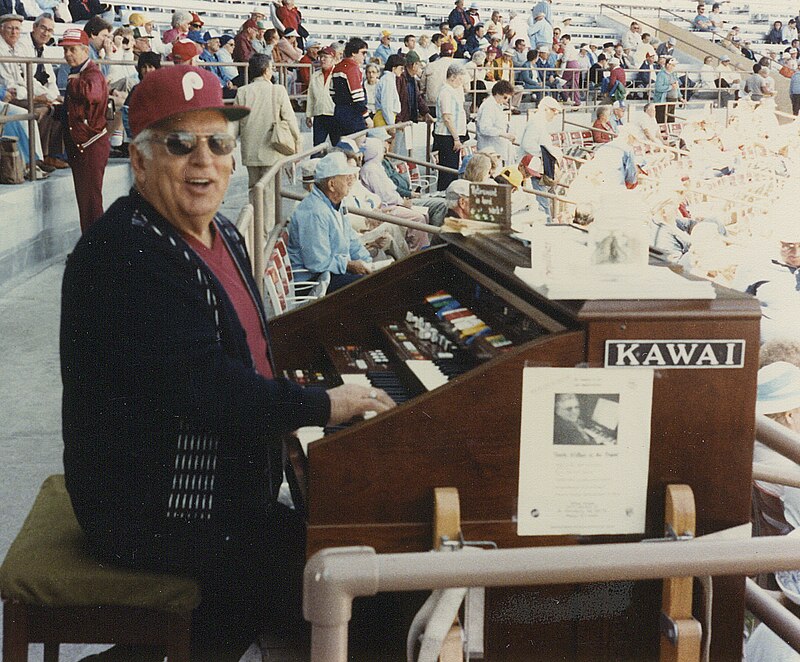On April 26, 1941, the Chicago Cubs unveiled a surprise at Wrigley Field—a live organist. This unprecedented move marked the first time an organ was played at a Major League Baseball stadium, and it was met with resounding approval from the fans. From classic ballpark tunes to dramatic musical cues, the organ swiftly became a cherished tradition in American ballparks. It was a moment that redefined the baseball experience, adding a whole new dimension to the game.
Before 1941, the sounds of a baseball game were mostly limited to the crack of the bat, cheers from the stands, and the occasional vendor’s call. But all of that changed on April 26, 1941, when the Chicago Cubs introduced the very first organ at a Major League Baseball game, held at Wrigley Field.
The concept was straightforward yet ingenious: use music to invigorate the crowd, fill the lulls, and heighten the game’s thrill. Organist Ray Nelson took to the keys and immediately captivated the fans. The trial was so triumphant that Wrigley Field installed a permanent organ just a few months later, cementing the birth of a new tradition and infusing the stadium with an electrifying atmosphere.
The baseball organ swiftly became a fixture of the sport, with other teams following suit in the years to come. From the iconic “Charge!” call to walk-up songs and the classic “Take Me Out to the Ball Game,” the organ revolutionized the stadium experience. It wasn’t just about watching baseball anymore – it was about feeling the rhythm of the game and witnessing the evolution of the sport’s culture.
Fun Facts:
- The debut took place during a game between the Chicago Cubs and the St. Louis Cardinals.
- The organ used in 1941 was only temporary, but it got such a good reaction that a permanent one was installed by the following season.
- The tradition inspired other ballparks to add organs, creating the soundtrack of American baseball.
- Nancy Faust, the longtime organist for the Chicago White Sox, helped modernize organ music in sports starting in the 1970s.
- Today, even with digital sound systems and pre-recorded music, many stadiums still keep a live organist – honoring a musical tradition that began on a spring day in 1941.

